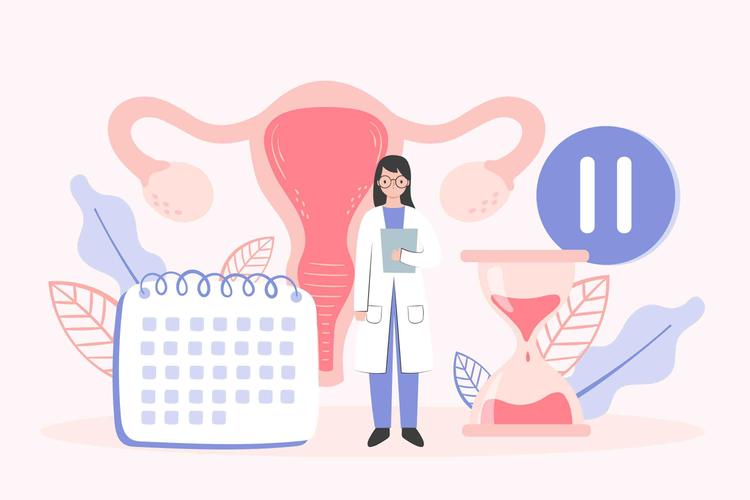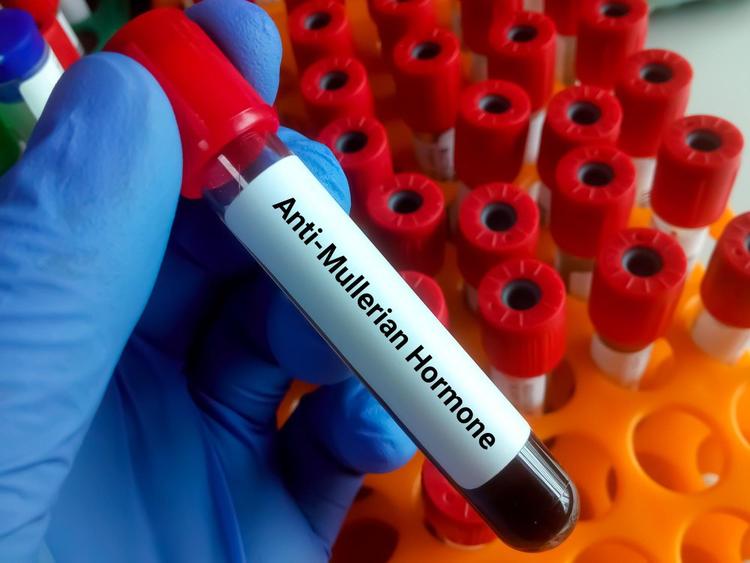What Size of Ovarian Cyst Impacts Fertility?

Medically Reviewed By
Dr. Geetanjali Gupta
Written By Muskan Taneja
on Oct 28, 2024
Last Edit Made By Muskan Taneja
on Jul 19, 2025

Ovaries such as progesterone and estrogen are important. The proper functioning of ovaries maintains a regular period cycle, fertility, and pregnancy. Some common problems in ovaries include ovarian cysts, PCOS, insufficient ovaries, or ovarian cancer.
Ovarian cyst is a medical condition that affects 20-25% of women in India. An AIIMS-conducted study revealed that 1 in 4 women has ovarian cysts. A question that prevails in women ‘What size of ovarian cyst is dangerous?’ Ovarian cysts vary in size and are noncancerous. They cause hormonal changes and complications in pregnancy.
There are various types and sizes of ovarian cysts. Gynecologists claim that ovarian cysts larger than 5-10 centimeters are dangerous. But what are ovarian cysts?
What is an Ovarian Cyst?
Ovarian cysts are fluid-filled sacs present on the surface of ovaries. They vary in size and can cause discomfort, fertility issues, hormonal imbalance, and complications in pregnancy. They are harmless and non-cancerous.
It is common in 10 out of 100 women. Doctors believe women can get ovarian cysts at least once in their lifetime. You can get ovarian cysts:
- If you are pregnant
- If you have PCOS or polycystic ovary syndrome
- If you get periods
- If you have pelvic inflammatory disease,
- If you had ovarian cysts in the past,
- If you get periods
- If you have endometriosis
- If you are taking fertility medicines
Types of Ovarian Cyst
There are many types of ovarian cysts. Each type has its characteristics, causes, and size. Size is an important factor that determines the need for surgery. These are Functional cysts, Dermoid cysts, Cystadenomas, and Endometriomas. Let’s look at all the types of ovarian cysts.
Functional Cysts
Functional cysts follow a natural pattern of menstrual. They are not dangerous and usually disappear with time. In some cases, functional cyst continues to grow. There are two types of functional cysts. These are the corpus luteum and follicular.
Dermoid Cysts
Dermoid cysts have a popular name, which is teratomas. They are asymptomatic and small. However, they can cause symptoms and complications when they become large. Dermoid cysts are a type of ovarian tumor that grows during reproductive years. They can reach the size of 1.8 mm or 0.07 inches per year. Studies show dermoid cysts grow rapidly between 8 and 25 mm per year.
Cystadenomas
Cystadenomas develop on the surface of ovaries. Also known as benign tumors. They are packed with mucus-like liquid, which might appear as functional cysts. Cystadenomas might stay and grow over time. Their size can range from 1 to 3 cm to 30 cm.
Endometriomas
Endometriosis causes endometrimos. Endometriosis tissues can attach to the surface of ovaries and form a cyst. Studies reveal that endometriomas are common among 17-44% of people. They are small and appear in different sizes, containing thick and dark blood.
Which Size is Dangerous?
Ovarian cysts appear in small, medium, and large sizes. Doctors say ovarian cysts larger than 5-10 centimeters require surgical removal and are probably dangerous.
A twisted, infected, and ruptured ovarian cysts can cause complications. Ovarian cyst above 6 cm requires surgical intervention to prevent severe outcomes.
Experts say there is no exact size, which is dangerous. Timely testing, diagnosis, and treatment can prevent its complications. Book the CA 125 test from Redcliffe Labs and monitor the health condition of the ovarian cyst.
15 Symptoms of Ovarian Cyst
Ovarian cysts are asymptomatic and small. They are noncancerous, however, they can cause some health complications. 15 symptoms of ovarian cysts include:
- Bloating
- Pain in the belly or pelvis
- Frequent urination
- Irregular bowel movement
- Nausea
- Vomiting
- Unusual vaginal bleeding
- Unexplained weight gain
- Breast tenderness
- Pain during sex or periods
- Weakness or fainting
- Rapid or shallow breathing
- Irregular menstrual cycle
- Severe abdominal pain
- Abnormal swelling
What Causes Ovarian Cyst?
Ovulation is a common cause of ovarian cysts. A usual situation is when a follicle from your ovary doesn’t release an egg or shrinks after releasing one. Other causes of ovarian cysts include:
- PCOS
- Pregnancy
- Infection in reproductive organs
- Endometriosis
In some rare cases, people are born with ovarian tissues that later grow into cysts. These tissues are present in fat cells, hair, teeth, skin, and bone instead of ovaries. In older people, ovarian cysts turn cancerous and form ovarian cancer.
How To Prevent and Manage Ovarian Cyst?
You can prevent ovarian cysts with mindful practices and management. A healthy and balanced diet can improve your ovarian health. Eat fruits, vegetables, lentils, lean proteins, and whole grains for a healthy, satisfying meal. It can reduce the risks of cyst formation and support hormonal balance.
Regular examinations can help in managing ovarian health. With the right detection, you can detect cysts in a timely manner and take preventive measures. Consulting your gynecologist can give a comprehensive view of your ovarian health. Also, taking a blood test can. Redcliffe Labs provides a CA 125 blood test, where you can monitor ovarian cysts and risks of ovarian cancer.
What’s the Treatment of Ovarian Cyst?
Ovarian cysts generally go away with time. Your doctor may recommend monitoring cysts, which usually disappear after one or two menstrual cycles.
In short, doctors can suggest medicines like acetaminophen, ibuprofen, and naproxen. In some cases, your doctor may go for surgery. They might suggest it in case of a cyst:
- Appears Large
- Continues to grow
- Stays even after several menstrual cycles
- Causes acute pain
- Abnormal or malignant
Hormonal contraceptives are another beneficial medicine for ovarian cysts. It can also prevent the new formation of functional cysts.
Kye Takeaways
Ovarian cysts larger than 6 cm are dangerous. A twisted, ruptured, or infected ovarian cyst can create complications in your body. Usually, however, cysts are noncancerous; in rare cases, they can cause complications. Seek medical consultation if you experience sudden pelvic pain, fever, vomiting, nausea, or weakness. Ovarian cysts disappear with time. However, if they last, your doctor might recommend surgical treatment.
Leave a comment
1 Comments
Aneesa
Nov 19, 2024 at 2:50 PM.
Sir I have 3.3*14*7cm cyst in ovary
Myhealth Team
Nov 20, 2024 at 5:38 AM.
A 3.3 × 14 × 7 cm ovarian cyst is large and may require medical attention. While some cysts are harmless, others can cause symptoms like pain, bloating, or menstrual irregularities. Consult a gynecologist for evaluation, including an ultrasound and possible blood tests, to determine the nature of the cyst and the need for treatment, such as medication or surgery. Early assessment is important to avoid complications.


